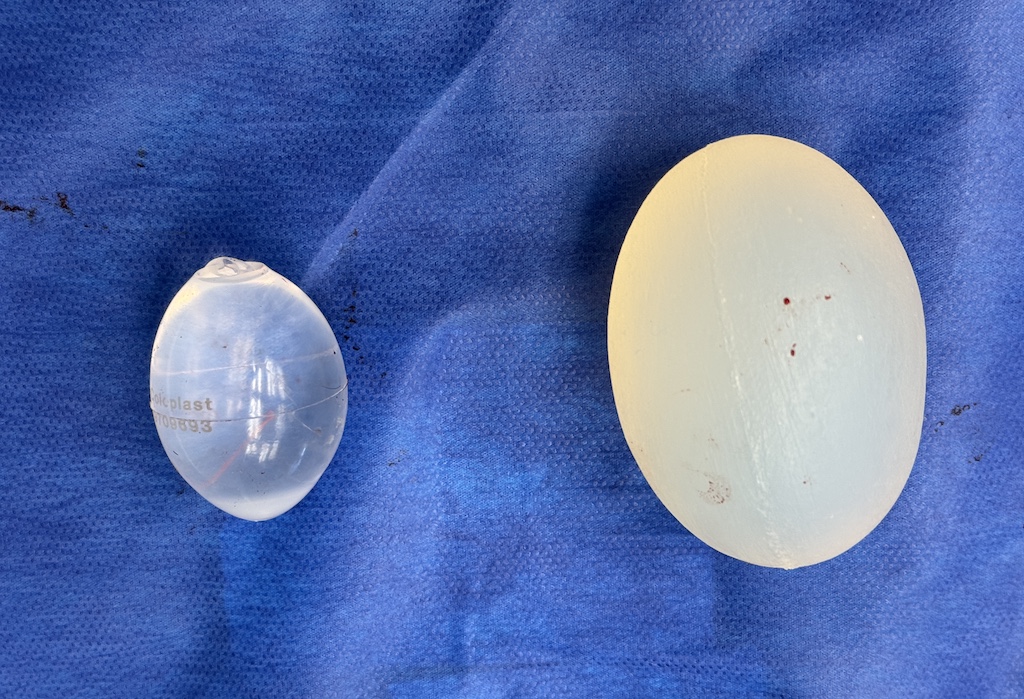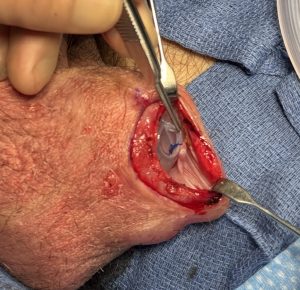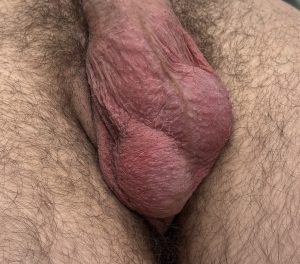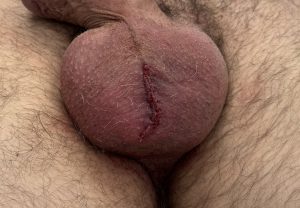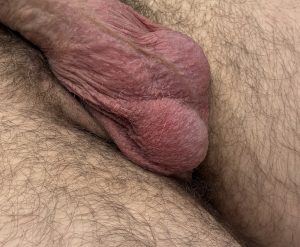Introduction
Two main types of testicular implants are currently available for replacing lost or removed testicles:
-
Saline-filled implants — silicone-shell devices filled with sterile salt water.
-
Solid silicone implants — also known as “ultrasoft” or “gummy bear–type” implants, made entirely of solid silicone and not fluid-filled.
The term silicone in this context refers to the material of the shell or the solid implant body, not silicone gel as used in breast implants. Thus, the comparison is between saline (silicone shell + fluid fill) and solid silicone (no fluid).
Disadvantages of Saline Testicular Implants
Saline testicular implants have been in use for decades and remain familiar to most urologists. However, they carry several significant aesthetic and mechanical drawbacks:
-
Firm, less natural feel:
Because saline implants are fluid-filled under pressure, they feel firmer or more “balloon-like” compared to natural tissue. -
Risk of leakage or deflation:
As with any fluid-filled device, shell failure may cause deflation or leakage, resulting in loss of scrotal volume. -
Valve and scar tissue complications:
The fill valve often becomes encased in scar tissue, tethering the implant in place and limiting mobility. -
Limited lifespan:
The mechanical stresses on the shell and valve can necessitate replacement over time. -
Capsular contracture:
Fibrous capsule formation may cause hardening, making the implants feel progressively firmer.
Advantages of Solid Silicone Testicular Implants
Solid or ultrasoft silicone implants offer several important advantages:
-
More natural texture:
These implants more closely mimic the pliability of natural tissue, avoiding the “balloon” sensation of saline devices. -
No fluid-related risks:
With no internal fluid, there is no potential for leakage, rupture, or deflation. -
Durability:
The absence of valves or fill ports eliminates mechanical failure risks, giving them excellent long-term stability. -
Custom sizing for enhancement:
Implants larger than 5 cm or 40 cc must be custom-made, which is possible only with solid silicone designs.
Implant Selection Considerations
-
Choose silicone implants if you prioritize durability, natural feel, no risk of failure, and larger implant sizes (>5 cm).
-
Choose saline implants if insurance coverage is a priority or if you have a medical contraindication to silicone, such as an autoimmune sensitivity.
Case Study
A middle-aged male patient previously underwent bilateral testicular removal due to chronic pain, followed by immediate replacement with 4.5 cm (20 cc) saline-filled implants. He was dissatisfied with their small size, high and fixed left implant, and firm feel, requesting a significantly larger, more natural feeling replacement.
Procedure:
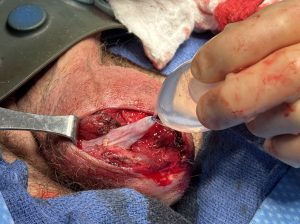
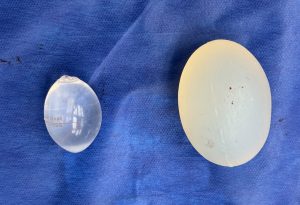
Outcome:
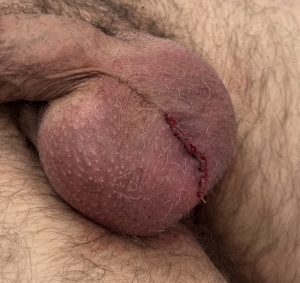
Discussion
Saline testicular implants have historically filled an important reconstructive role — particularly during the decades following the 1991 FDA withdrawal of silicone testicular implants in the United States (a consequence of the breast implant recall). Most urologists remain most comfortable using them, and their primary advantage is insurance reimbursement.
However, their aesthetic limitations—hard texture, fixed positioning, and limited sizing—make them suboptimal for patients seeking natural appearance or enhancement. For secondary replacement or aesthetic enlargement, silicone implants are the clear choice.
For replacements, standard silicone implants suffice for sizes up to 5 cm. When greater size increases are desired, custom silicone implants with a hollow chamber design provide optimal softness and realism.
Key Points
-
The most common aesthetic concerns with saline implants are small size, hard consistency, and fixed positioning.
-
Silicone replacements improve all three of these issues.
-
Achieving a noticeable aesthetic improvement requires at least a 1–1.5 cm size increase and typically more than doubling implant volume.
Barry Eppley, MD, DMD
World-Renowned Plastic Surgeon

